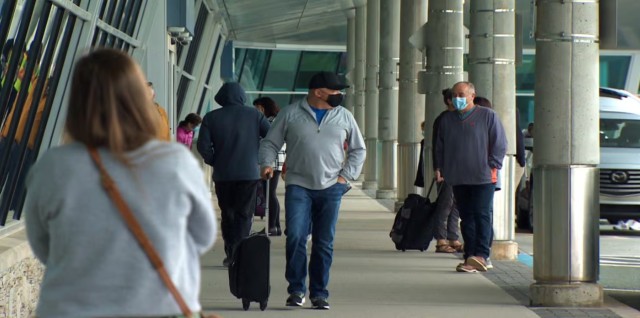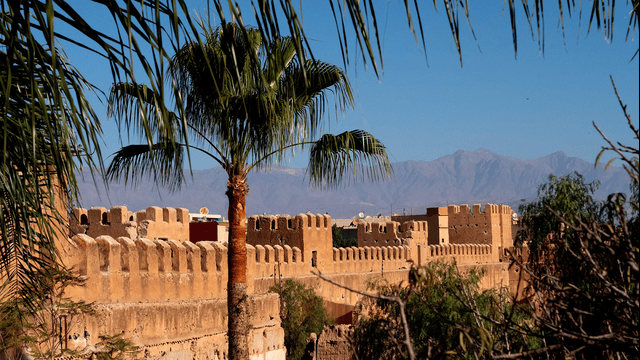
Winter is the busiest time for tourists in Otaru, Hokkaido, Japan. Getty Images
Otaru, a peaceful town in Japan’s Hokkaido region, has become a popular destination for travelers due to its starring role in the 1995 romantic film Love Letter. The film’s stunning snowy scenery continues to attract starry-eyed visitors each winter. But now, this quiet town is facing the challenges of overtourism, with local authorities taking action to address the issues.
The city, home to around 100,000 residents, has seen a sharp increase in international visitors, reaching a record high of 98,678 overnight stays last year. This does not include the large number of day-trippers from nearby Sapporo, Hokkaido’s capital. While Otaru’s picturesque streets and snowy landscapes are admired by many, the flood of tourists is starting to disrupt daily life.
One of the key areas of concern is Funamizaka, a neighborhood known for its breathtaking views of traditional wooden houses and the Sea of Japan, featured in Love Letter. This spot has gained widespread popularity, leading to an increase in inappropriate tourist behaviors, including trespassing and obstructing traffic. To manage the situation, Otaru officials have deployed security guards and placed banners reminding tourists of the rules. Tourists are now warned about the risks of littering and blocking roads, with fines for those who break the rules. The added security measures are expected to last until the end of March.
Tourists take photos in Otaru, Japan. Getty Images
The situation in Otaru worsened after the tragic death of a Hong Kong tourist in January, who was hit by a train while taking photos on the tracks. While the death brought attention to safety concerns, authorities said that disruptive behavior had been a problem for some time. In response, security was also beefed up ahead of the Lunar New Year holiday, when Chinese tourists typically visit Japan in large numbers. Though Otaru officials clarified that the increased focus on tourists is not targeted specifically at Chinese visitors, the rise in international travel is a factor in the growing concerns.
The town’s issues with overtourism are part of a larger trend across Japan. In May, Fujikawaguchiko, a town at the base of Mount Fuji, had to install a black screen to block the view of a popular photo spot after it became overcrowded with tourists. Similarly, other popular destinations, such as Ginzan Onsen and Himeji Castle, have taken steps to manage tourist numbers by limiting entry or increasing fees during peak seasons.
Otaru is not the only place in Japan grappling with the impact of overtourism. While the influx of visitors provides economic benefits, it also brings disruptions that affect both residents and the environment. As tourist numbers rise, towns like Otaru must find a balance between welcoming visitors and preserving the peaceful atmosphere that makes these locations so special.















